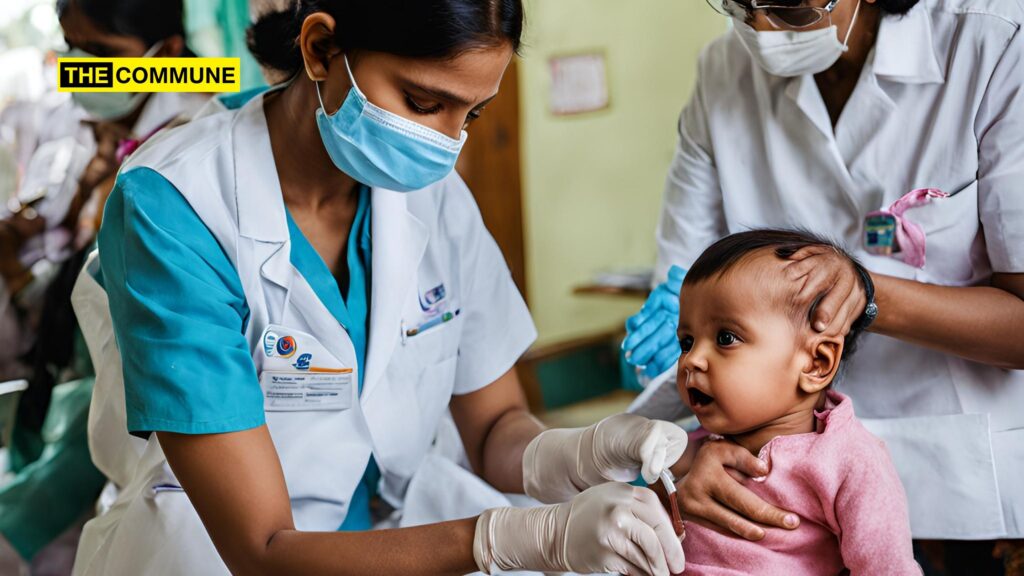Even as India celebrates a decade of being polio-free, experts on World Polio Day on Thursday said it is important to identify areas with low polio vaccination coverage to protect children from the devastating disease and pave the way for a healthy future.
World Polio Day is celebrated on October 24 every year to raise awareness about polio, a viral disease that mainly affects children under the age of five.
India has achieved a significant milestone in eradicating polio: The World Health Organization declared the country free of polio in 2014.
However, polio remains a threat, and the pace of the polio vaccine has also slowed down in India, with the coverage levels being poorest in the north-east, as seen in recent data from the National Family Health Survey.
This is also reflected in the recent case in August, where a two-year-old child in Meghalaya’s West Garo Hills district was confirmed to have a case of vaccine-derived poliovirus (VDPV).
Earlier in 2022, an immunodeficiency-related vaccine-derived poliovirus (iVDPV) specimen was detected in Kolkata through routine surveillance, though this did not equate to a case of polio in the area.
“Given the high vaccination coverage in India, these detections do not result in increased polio cases. However, there is concern that if vaccination rates decline, the polio viruses could re-enter the population and cause disease. Therefore, it is crucial to identify areas with low vaccination coverage and take corrective action,” Dr Rajeev Jayadevan, Chairman of the Kerala State IMA Research Cell, told IANS.
“While India has been polio-free for 10 years, we must remain vigilant, especially with the virus still present in neighbouring countries,” said Deepak Kapur, Chairman of Rotary International’s India National PolioPlus Committee (RI-INPPC), at an event on Thursday.
“With only two endemic countries remaining — Pakistan and Afghanistan — we can finally see the silver lining on the horizon. Therefore, we keep our focus on immunisation,” he added.
The Global Polio Eradication Initiative (GPEI), launched in 1988, efficiently reduced over 99.9 per cent of polio cases and eradicated wild poliovirus (WPV) types 2 and 3.
“India has achieved significant milestones in polio eradication within the last twenty years. However, the fight is still on as some sensibilities remain because of poor healthcare facilities, reluctance to vaccination, and socio-economic factors,” Dr Parimala V Thirumalesh, Sr. Consultant – Neonatology &Pediatrics, Aster CMI Hospital, Bengaluru, told IANS.
Constant improvement in surveillance, vaccination coverage, and community involvement continues to be crucial in the fight against polio, which can be transmitted via eating or drinking contaminated substances and lead to partial paralysis and even death.
“We must remain vigilant as challenges persist, particularly in regions where vaccine-derived polio remains a threat. We must innovate and adapt our strategies to reach the most vulnerable populations. Empowering local health workers is vital, as they are key to building trust within communities and addressing vaccine hesitancy,” Dr Ritesh Yadav, Consultant, Internal Medicine, Paras Health, Gurugram, told IANS.
–IANS
Subscribe to our Telegram, WhatsApp, and Instagram channels and get the best stories of the day delivered to you personally.

